هانس [هوفّمنّ][نبسب](1880-1966)



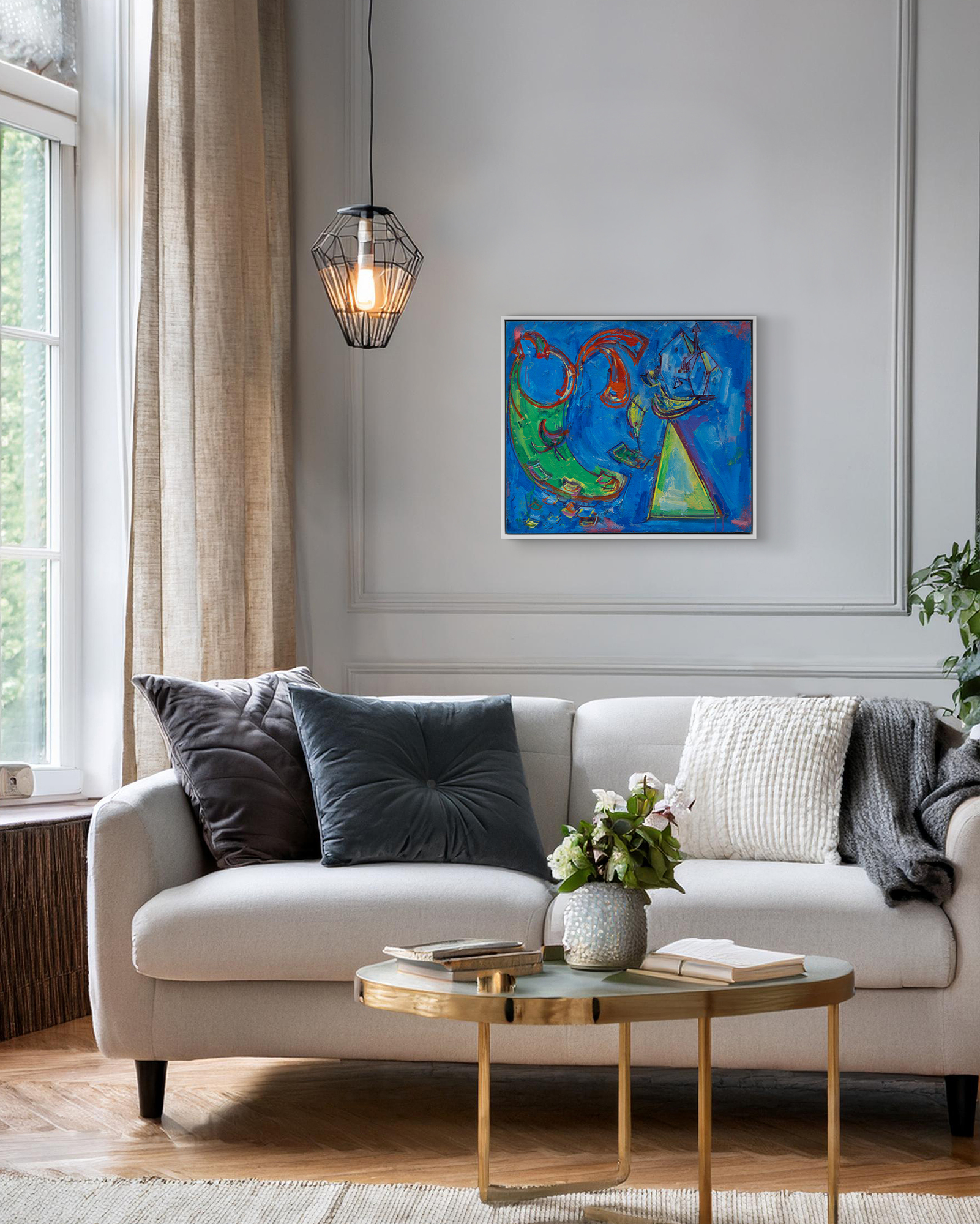

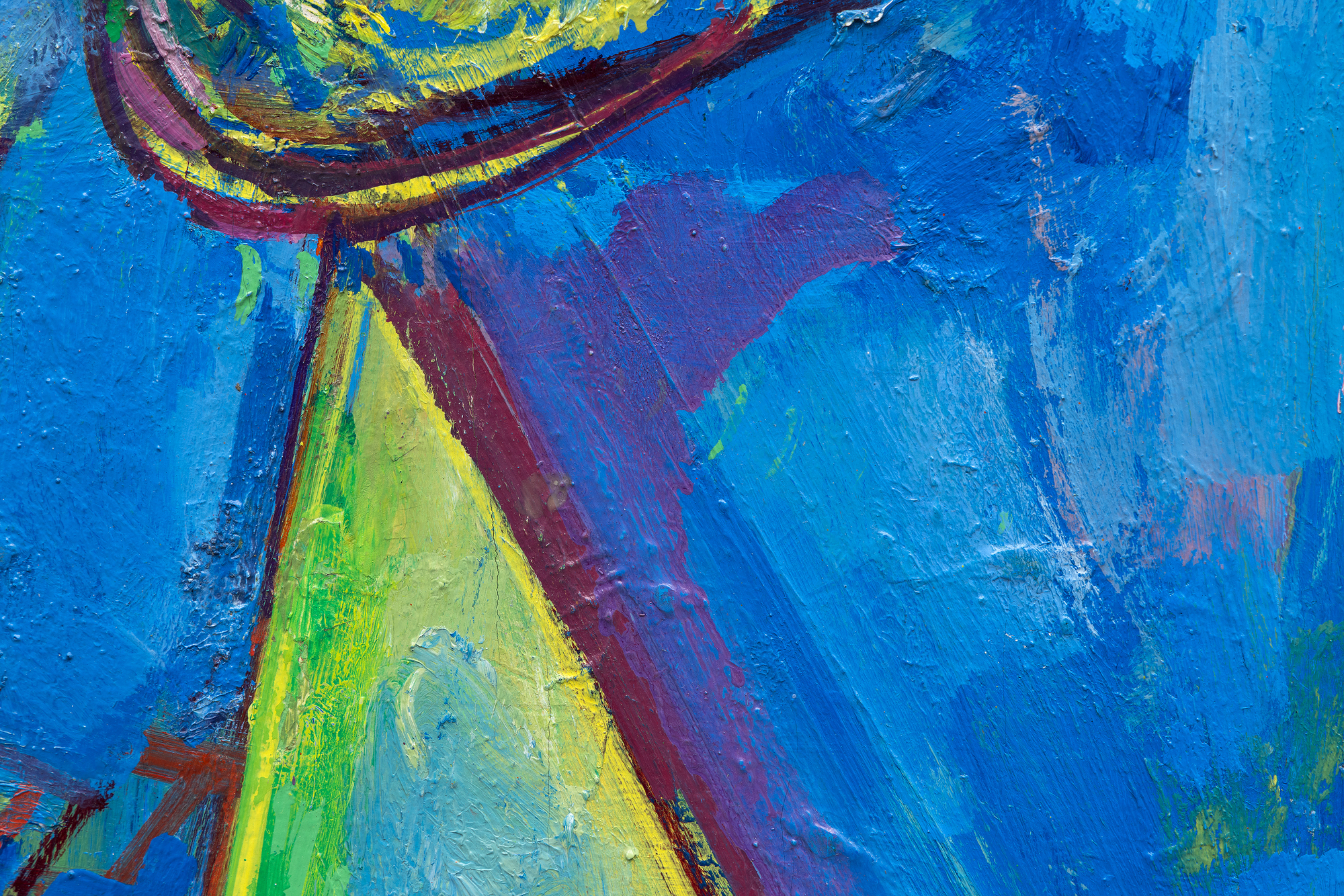
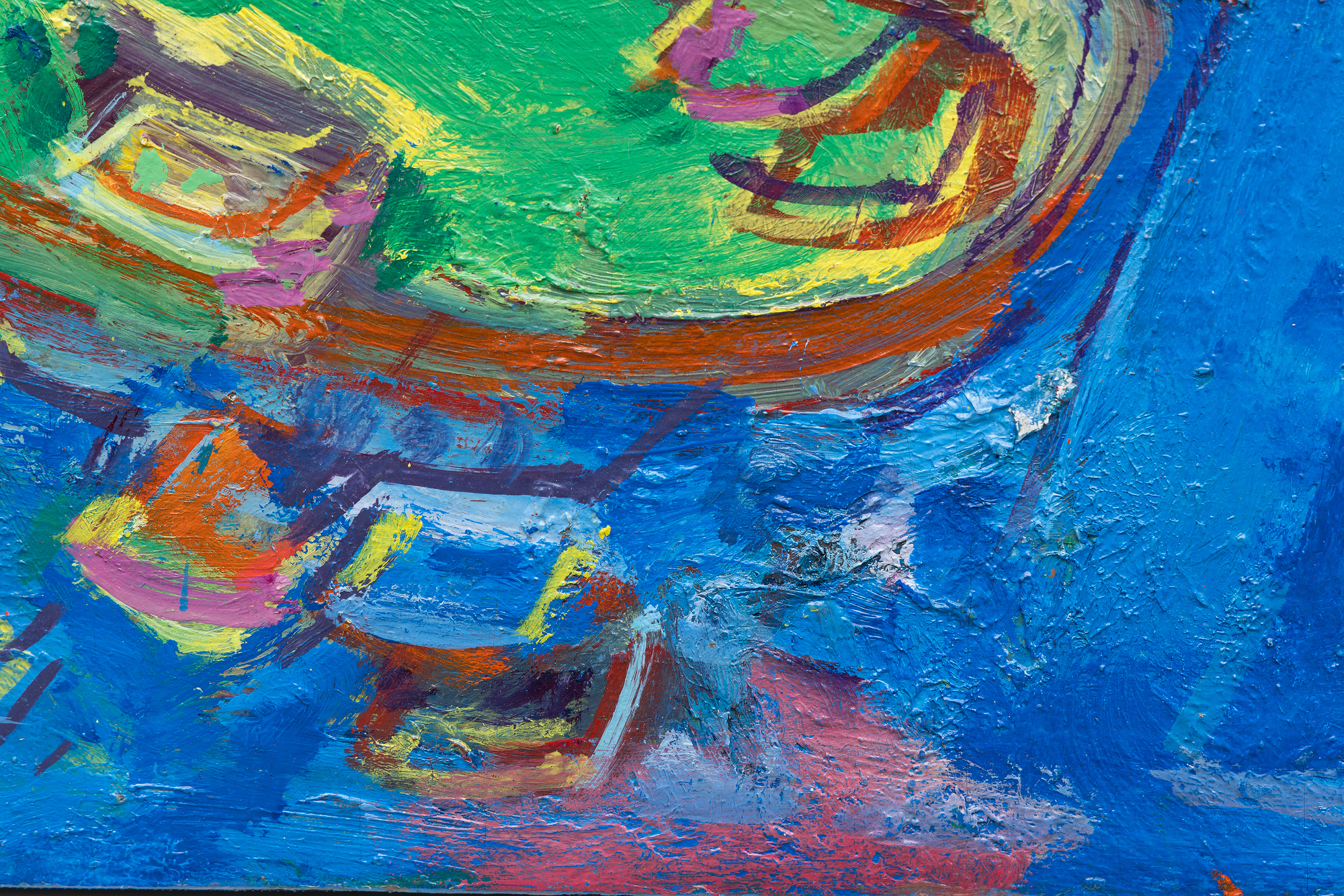
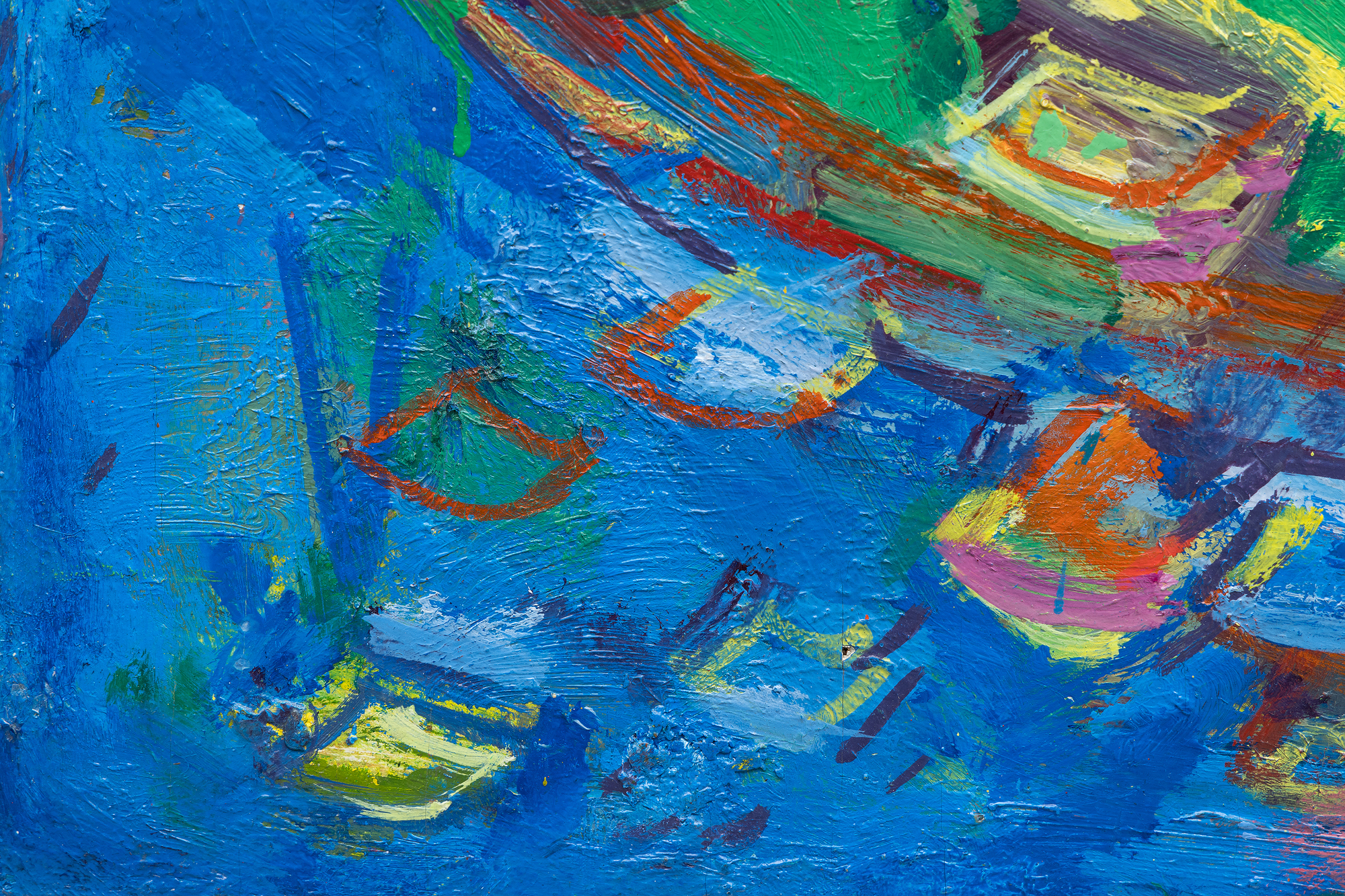
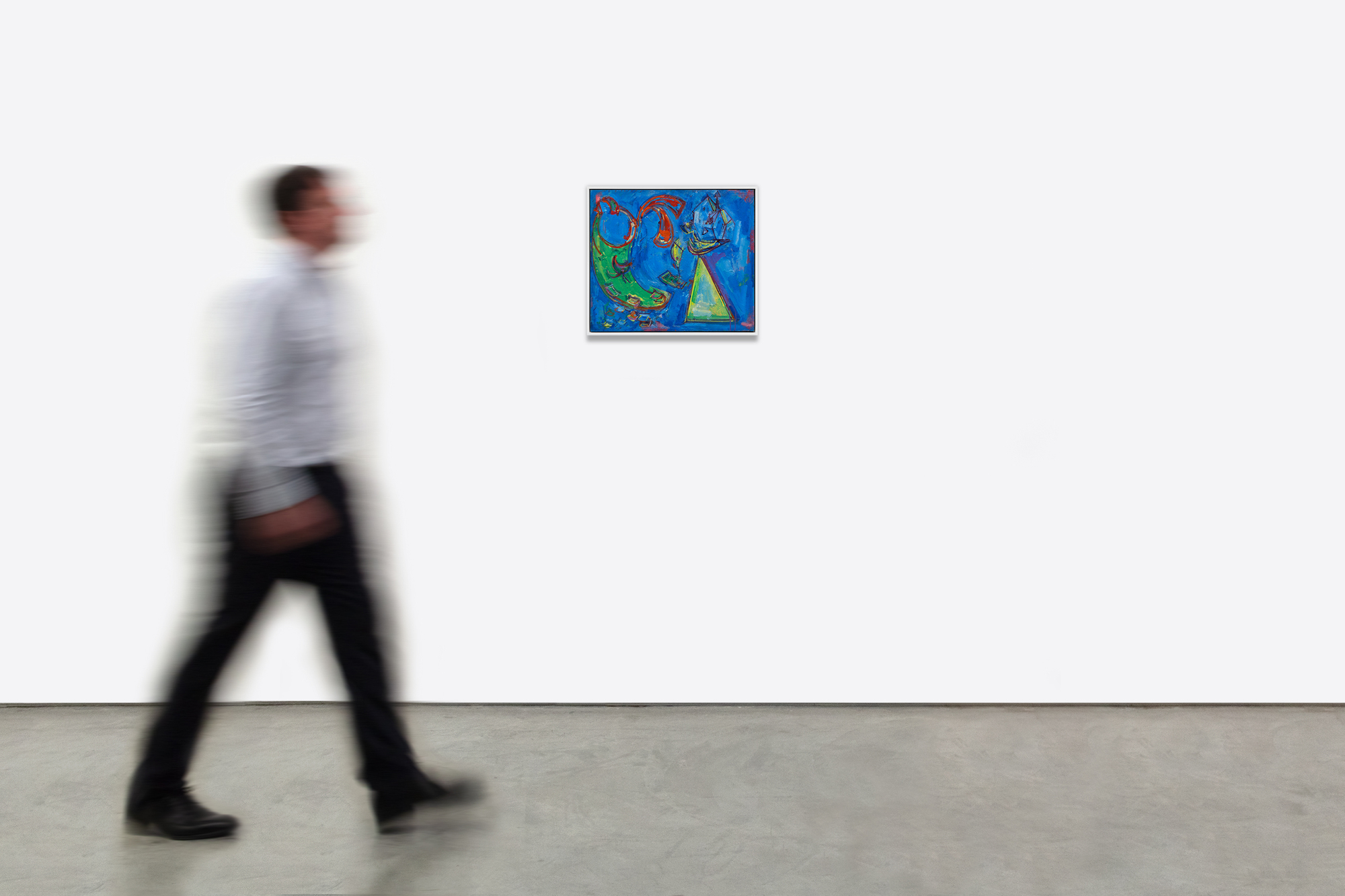
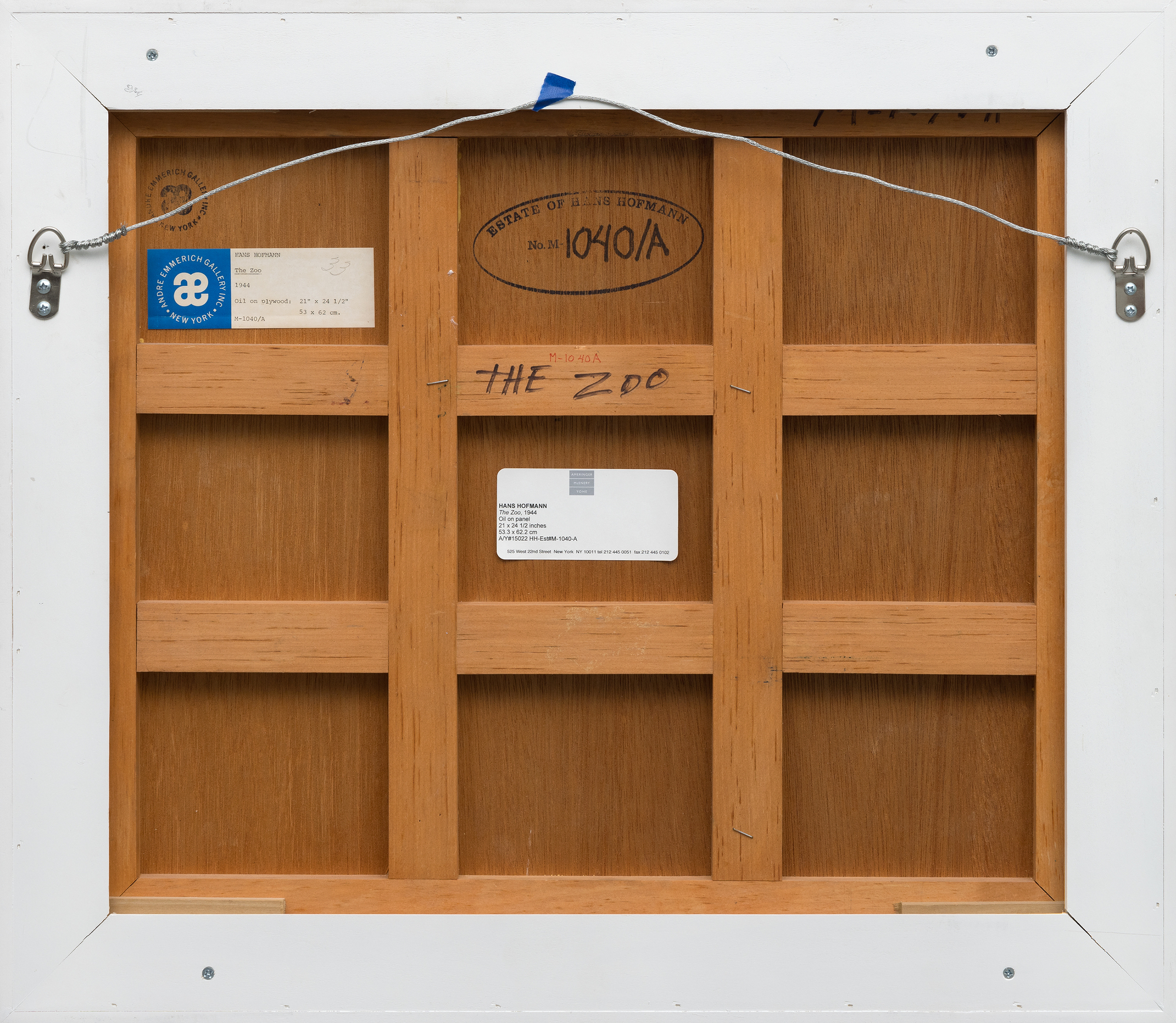
الاصل
مجموعة الفنانصندوق ريناتي وهانز وماريا هوفمان الاستئماني، نيويورك، نيويورك
آمرينجر | ماكنري | يوهي، نيويورك، نيويورك
مجموعة خاصة، نيو جيرسي
معرض
نيويورك، نيويورك، أميرينجر | ماكنري | يوهي، هانز هوفمان: صور الصيف: لوحات وأعمال على الورق، 9 ديسمبر 2010 - 29 يناير 2011الادب
أميرينجر | ماكنيري | يوهي، هانز هوفمان: صور الصيف: لوحات فنية وأعمال على الورق، "الفن في أمريكا"، إعلان عن المعرض، نيويورك، نيويورك، نيويورك، 2010، ص. 11 (مصورة بالألوان)أميرينجر | ماكنيري ... اكثر...| يوهي، هانز هوفمان: صور الصيف: لوحات وأعمال على الورق، "ARTnews"، 109، رقم 11، إعلان عن المعرض، نيويورك، نيويورك، نيويورك، 2010، الغلاف الخلفي (مصور بالألوان)
سوزي فيليجر، هانز هوفمان: كتالوج لوحاته، المجلد الثاني، ساري، 2014، قِطّة HH. 351-1944، ص. 279 (موضح بالألوان)
... اقل... السعر380,000
متأثراً بشدة بالسريالية الآلية والأشكال الحيوية لجوان ميرو، تبدو الأشكال العضوية والألوان الجريئة وكأنها تنبض بالحياة، مما يطمس الحدود بين التجريد والتشخيص. ومع ذلك، وعلى عكس مشاهد الأحلام الرقيقة لميرو، فإن فرشاة هوفمان تحمل طاقة عضلية تؤسس التكوين بأسلوبه الإيمائي المميز.
تعكس حديقة الحيوان قدرة هوفمان على الموازنة بين العفوية والخيارات التركيبية المدروسة. والنتيجة هي عمل نابض بالحياة ومفعم بالبهجة يحتفي بالتعقيدات البصرية للعالم والحرية الإبداعية غير المحدودة للتجريد خلال هذه المرحلة المحورية من حياته المهنية.


